I have friends from Sudan who took this route, who told me of the conditions they faced in Libya, the fear of setting off into the water. It is estimated that almost 30,000 people have died crossing this border since records started in 2014. The people who lost their lives did so due to European politics, a lack of safe routes to asylum and because war, famine, colonial exploitation and personal persecution make their home countries impossible to live in.
With limited sailing experience gathered from my time on tall ship Blue Clipper in Scotland, a huge awareness from my work at Are You Syrious and skills in blogging and social media, I joined the crew of six as Media contact and deckhand. You can read more about Compass Collective on their website, including about how to join the crew and more importantly, how you can donate to help their valuable work.
With my feet firmly planted and my hands gripping the ship’s wheel I squinted at the compass, illuminated only by a red light in the pitch darkness. Within days of joining the Trotamar III crew, I was entrusted with steering us during the night.
Life on board had an easy rhythm for me and my five crew mates. Four hour watches with eight hours in-between left time to sleep, cook, look-out, chat, read, plan. We were in the Mediterranean for a reason, to spot for small boats on the dangerous migration route from Tunisia and Libya to the Italian island of Lampedusa.
“Mayday relay, mayday relay, mayday relay.” We heard the call on the radio, only five nautical miles from our location. Within half an hour we saw a metal boat crowded with over 40 people. Training kicked in, we all took our positions to launch the dinghy, ready life-vests and document what was happening. One of the main reasons to be there was to ensure the authorities carried out their responsibilities as well as to show solidarity with the people.
One minute the boat was there, the next it was gone. The metal boat sank in an instant as another wave lapped over the low side in the increasing wind. Chaos. The next hours are a blur. Life vests and lines were thrown, centifloats too - giant inflated tubes that many people can hang on to. Darkness fell.
Afterwards, each crew member had different experiences and memories. Me, I remember handing out dozens of foil emergency blankets to people I'd helped climb from the cold water, each rustling in the wind, causing strange reflections. And I remember pulling a little boy, younger than my nephew, onto the deck. Carrying him to the cockpit, heavy thanks to his soaking clothes. I remember his hand clinging to my jacket, not wanting to let go, not knowing what would happen next.
Everyone onboard was transferred to the Italian coastguard. Suddenly it was over, our little boat went from busy, active and crowded, to quiet and empty. Our six crew were alone in the dark, far out to sea. Again, feet planted, hands gripping, squinting at the redlit compass, taking us back to Europe.

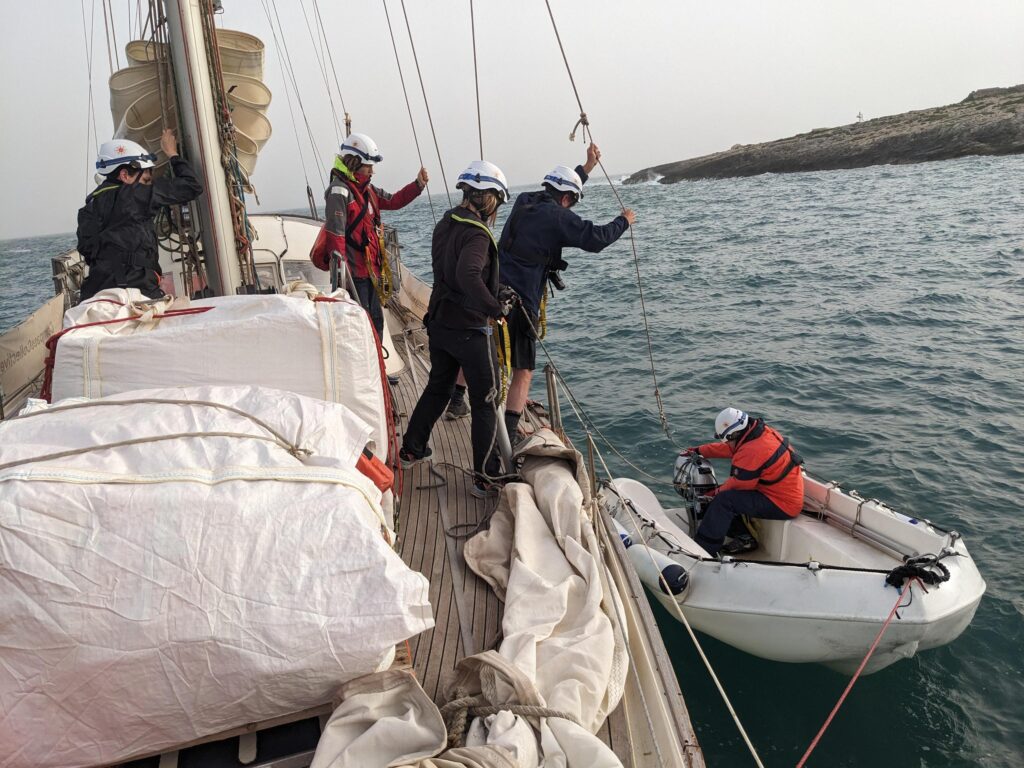

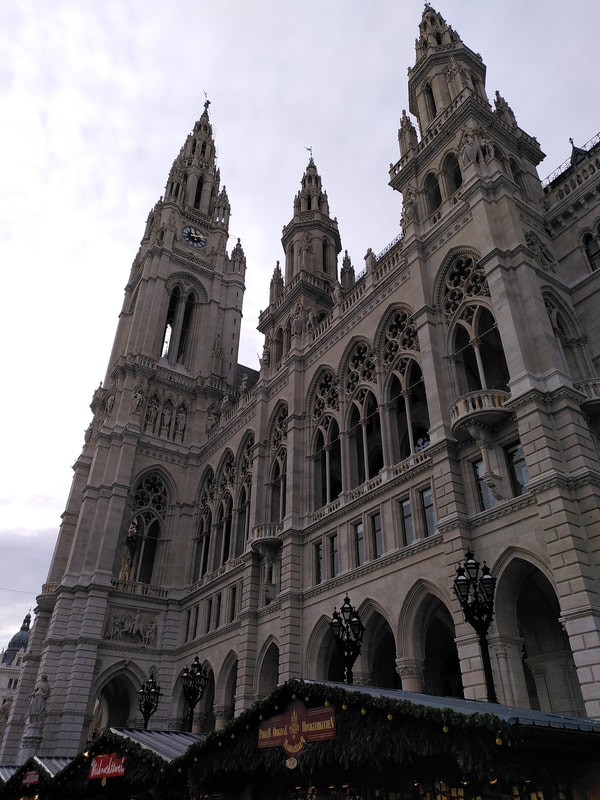
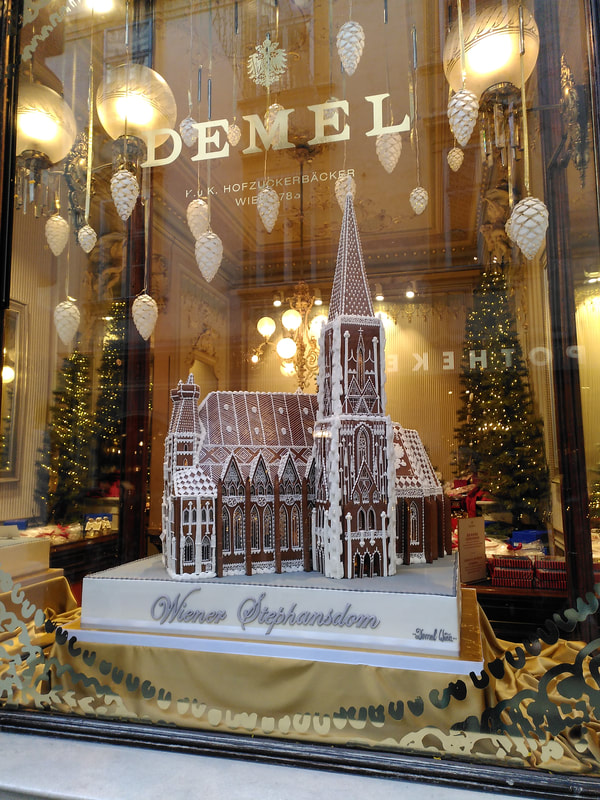



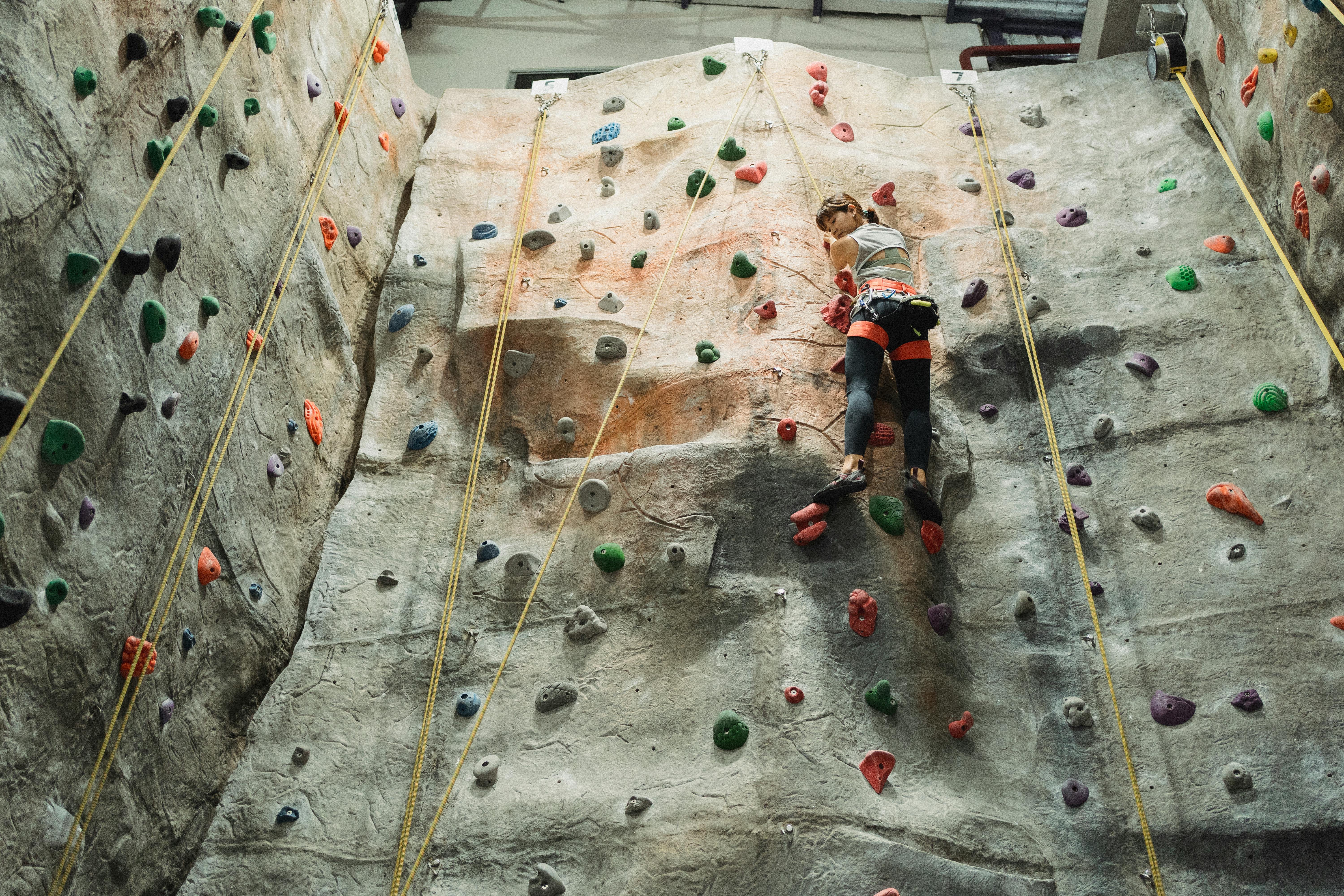


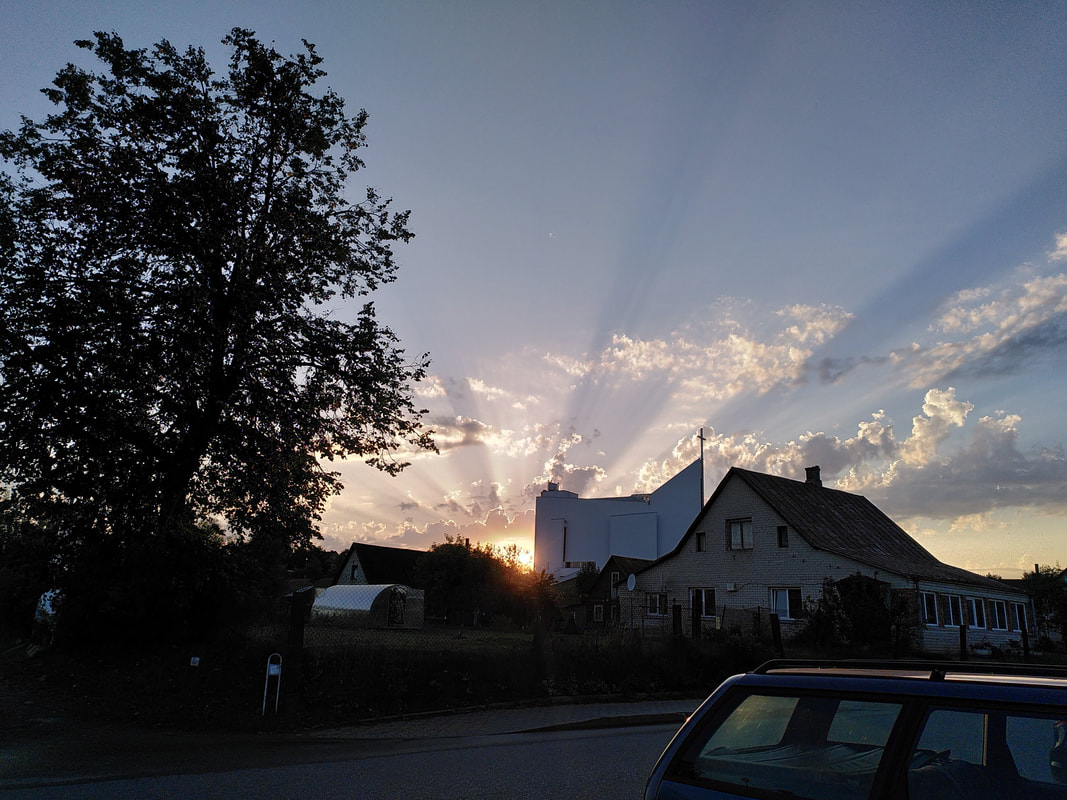

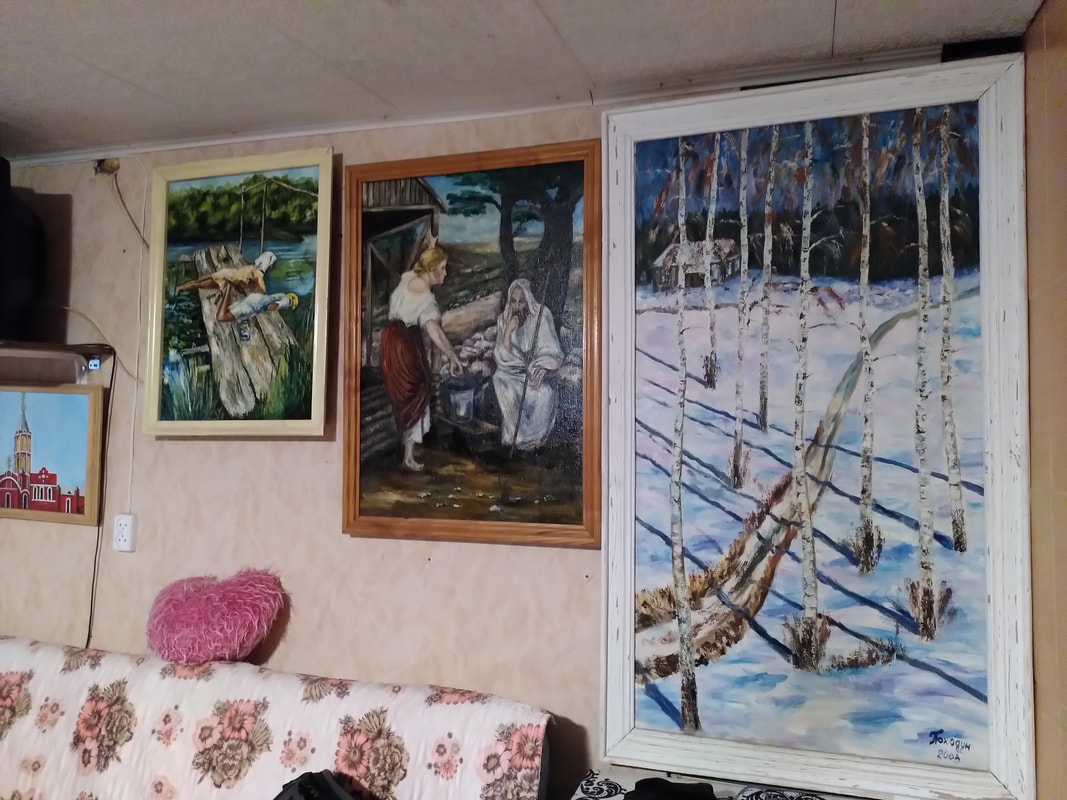

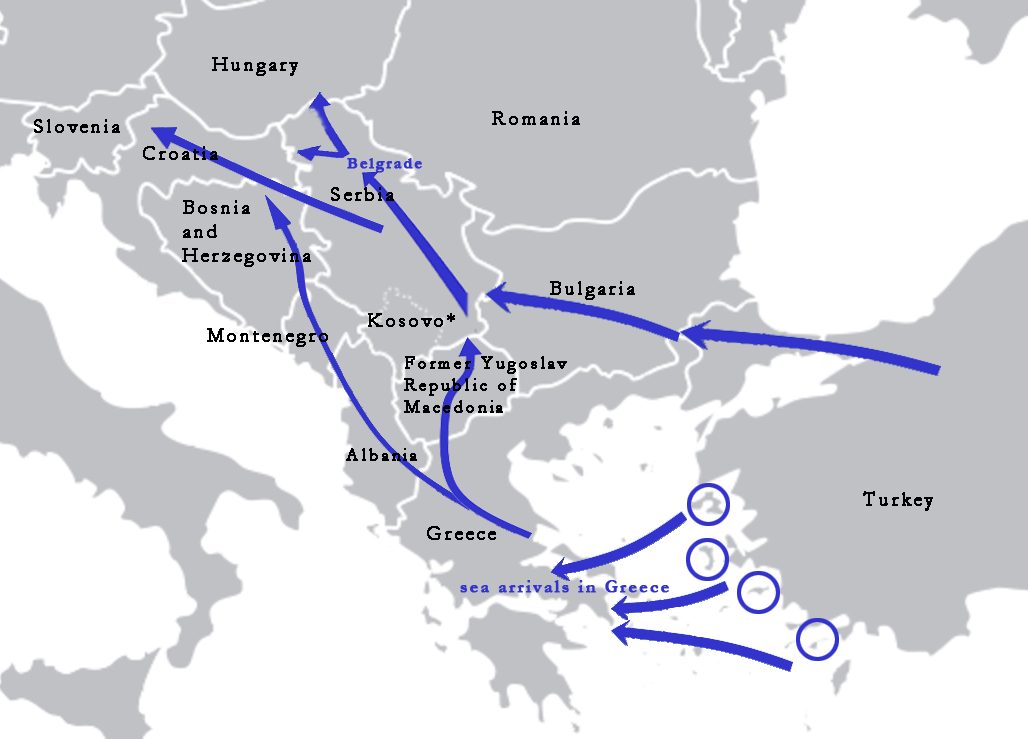










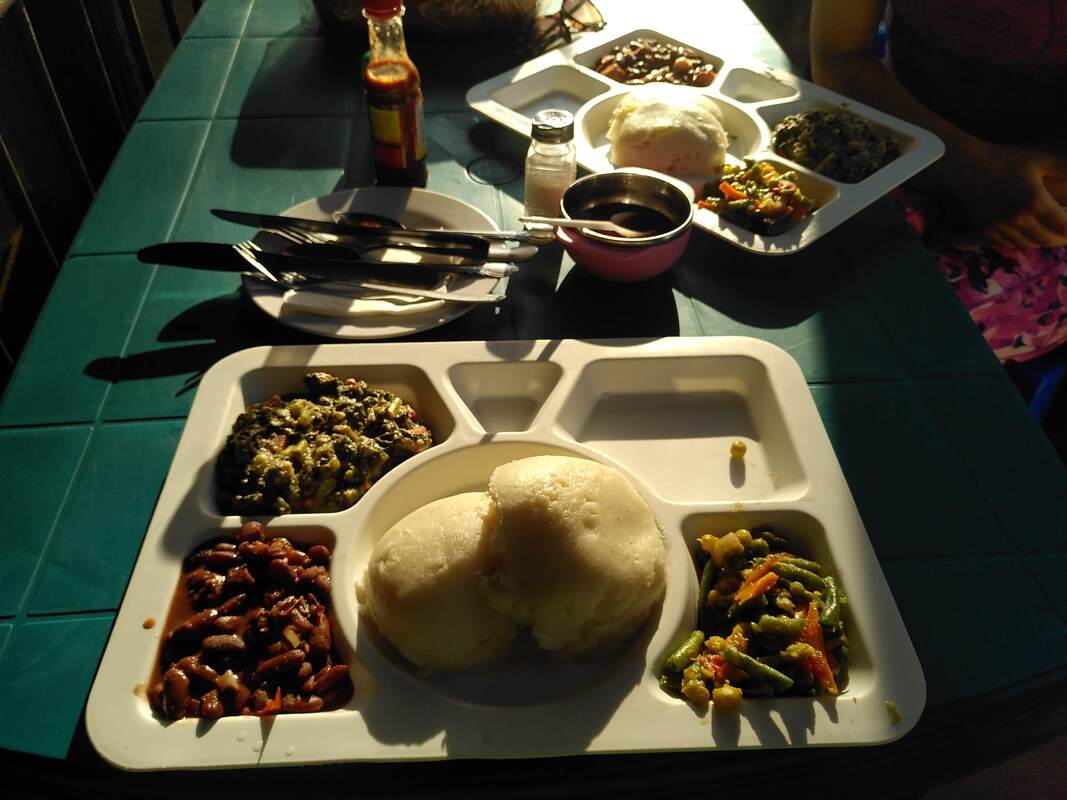
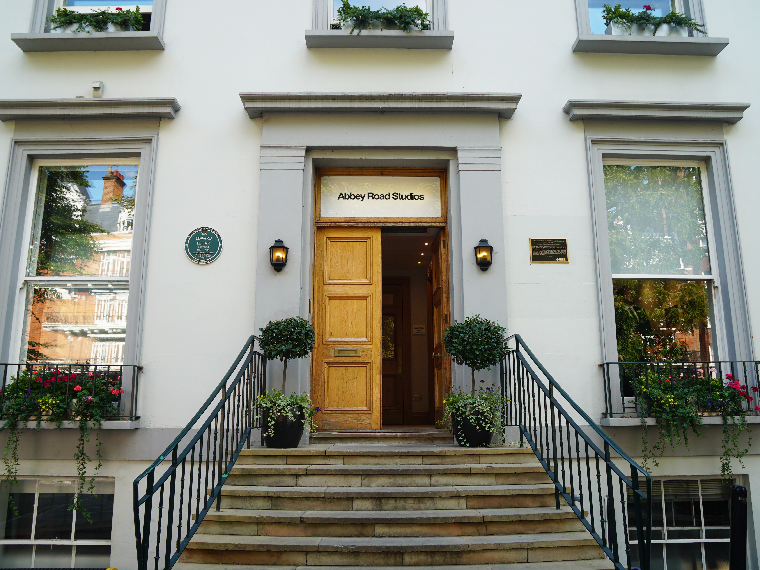
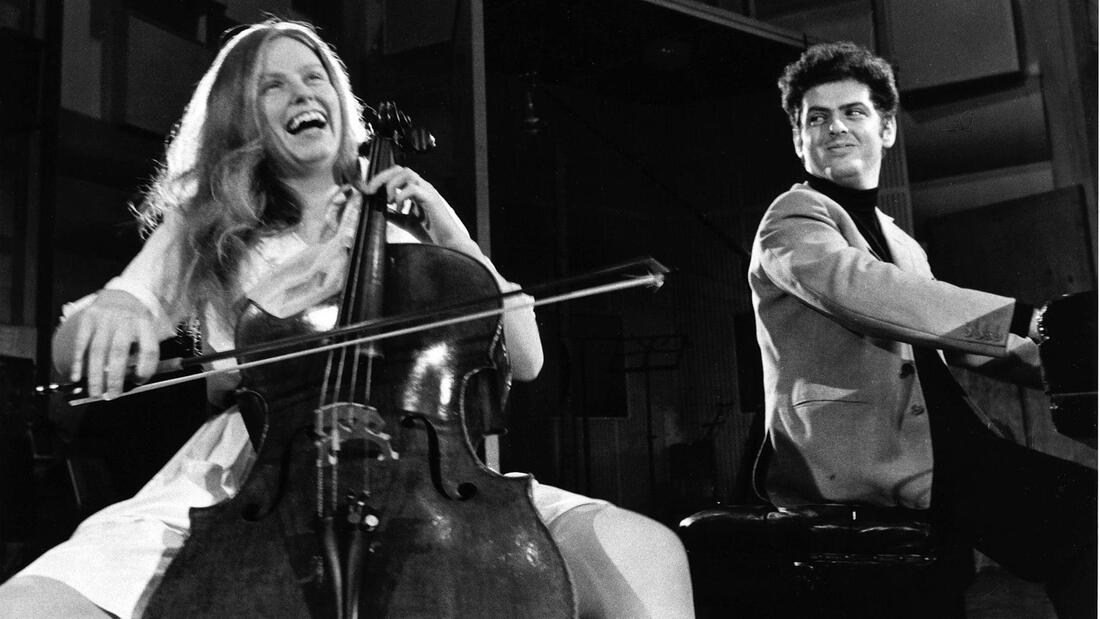
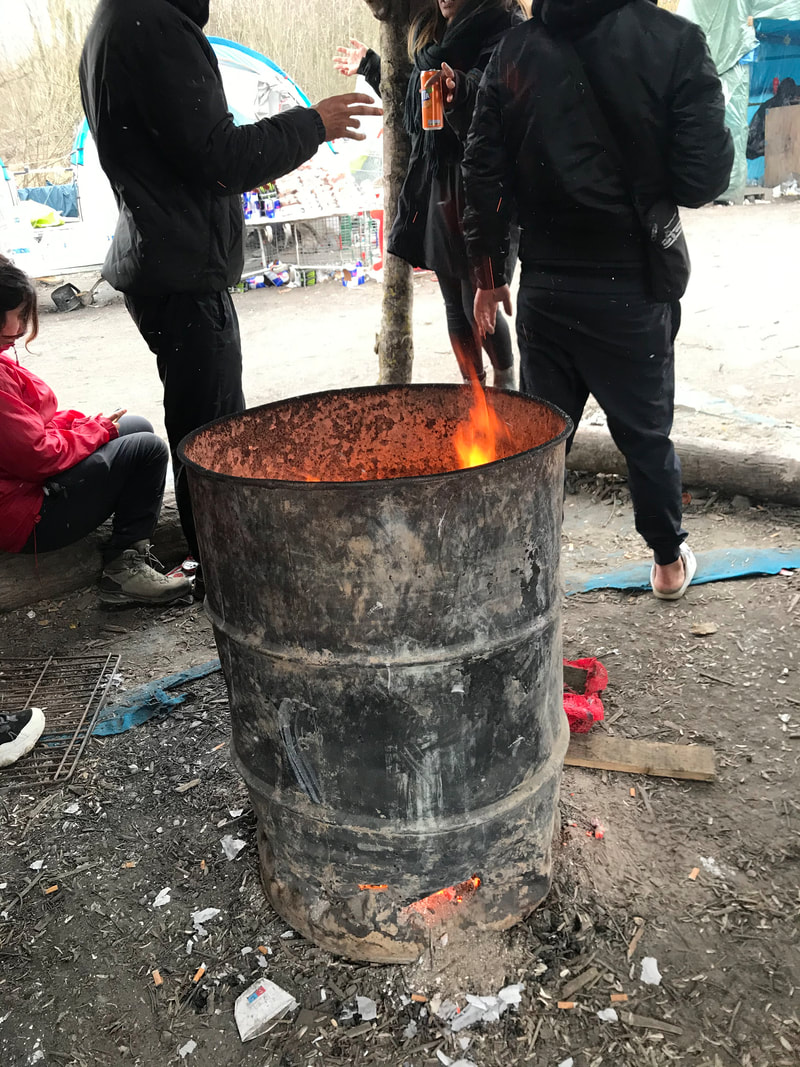
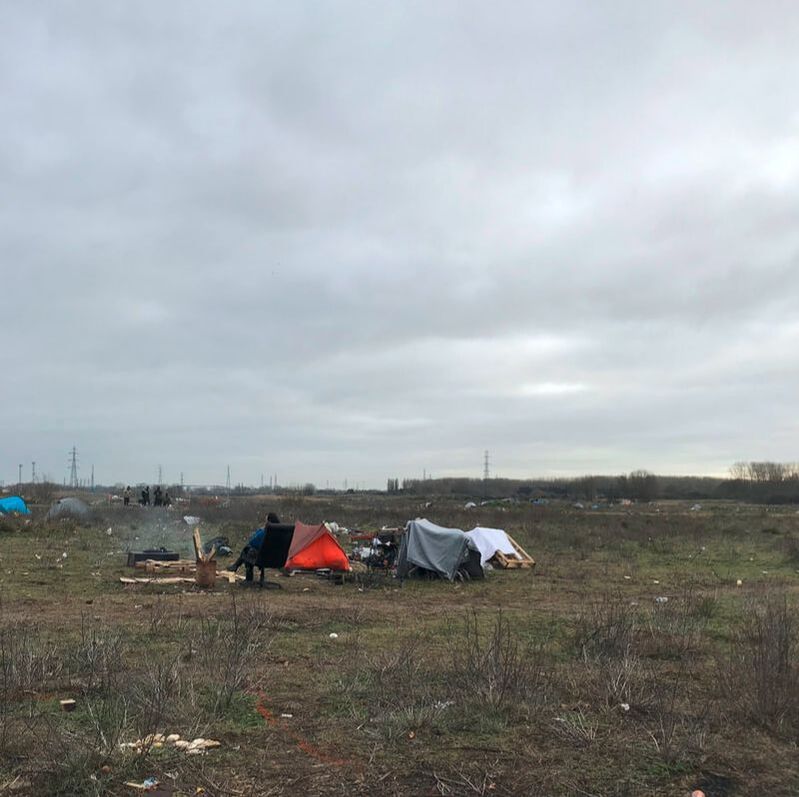
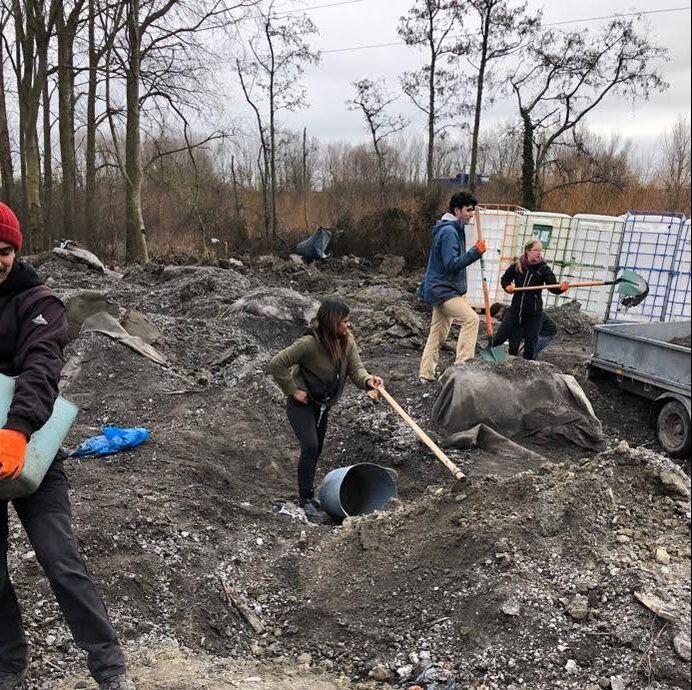
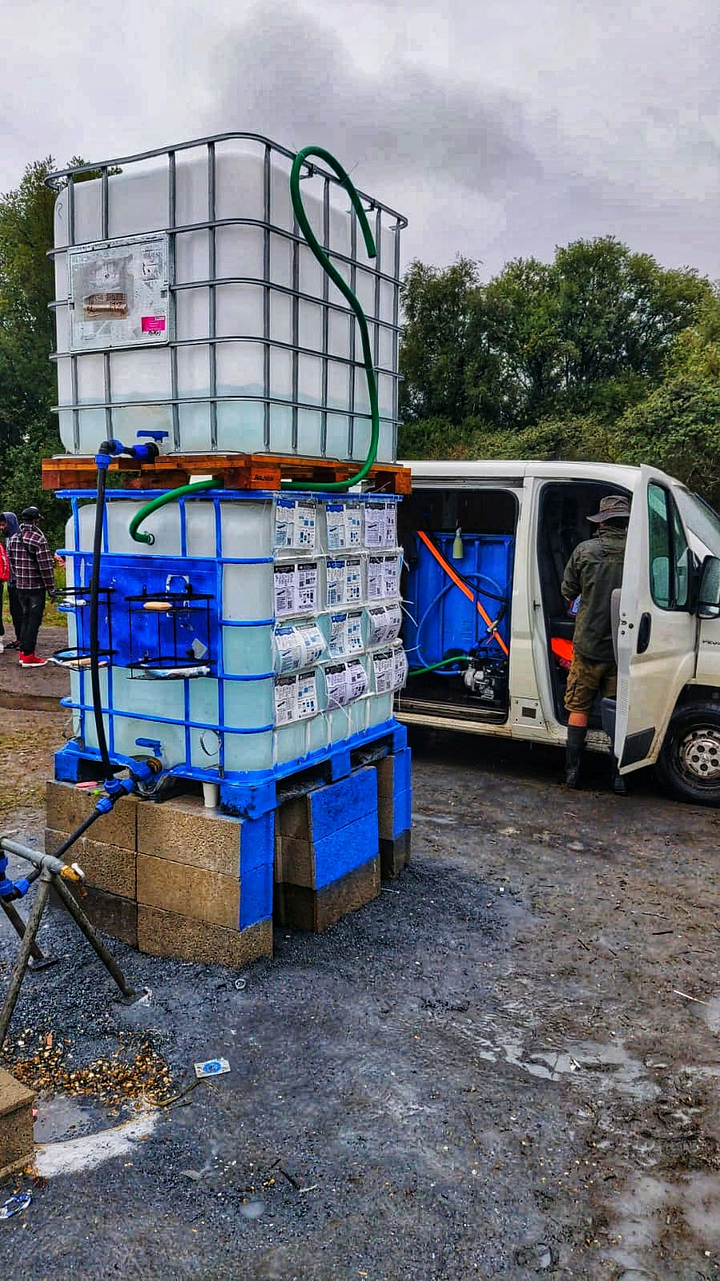
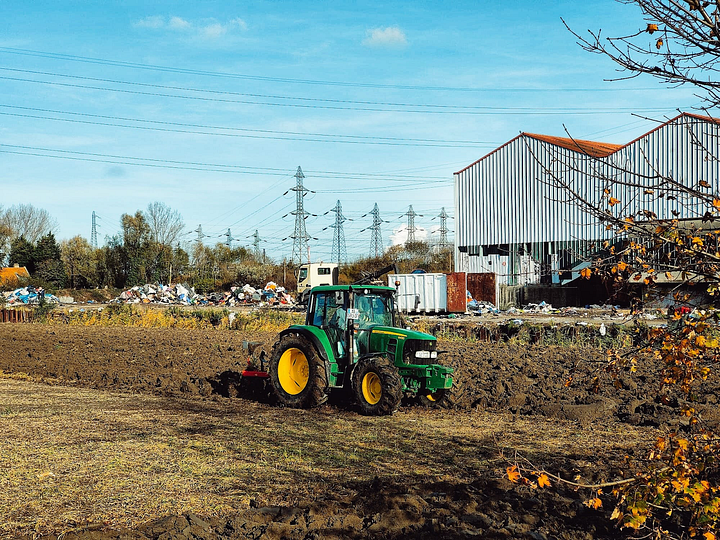
 RSS Feed
RSS Feed
